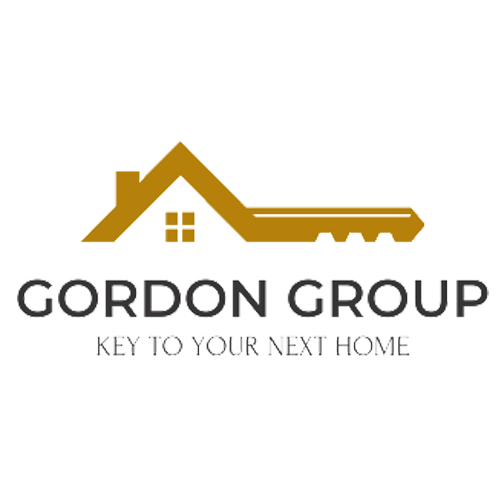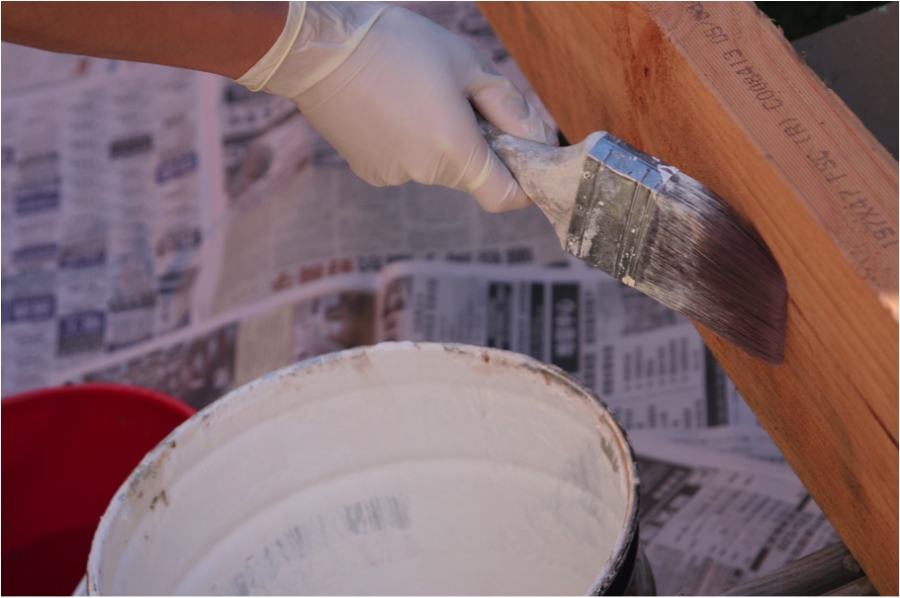HELOC or Home Equity Loan: Which One Is Right for You?
If your home has increased in value and you are short on cash or have a large upcoming expense, you may be thinking about tapping your home equity. Home equity loans and home equity lines of credit (HELOC) are two easy ways to turn your appreciation into cash in hand, but how do you know which way to go—or if you should go at all?
While there are definite advantages to accessing your equity over taking out a personal loan or using credit cards, especially if you’re intending to use the funds for home improvement, the No. 1 thing to consider before you take any money out of your home is whether you can really afford it. Take out a home equity loan or use the funds from a HELOC and your monthly obligation will increase. But that’s not all. Should you have a change in circumstances like a job loss or simply extend yourself beyond your financial comfort zone, causing you to miss payments, you could be putting your home at risk of foreclosure.
“Because the loans are secured against the value of your home, home equity loans offer extremely competitive interest rates—usually close to those of first mortgages. Compared to unsecured borrowing sources, like credit cards, you’ll be paying far less in financing fees for the same loan amount,” said Investopedia. “But there’s a downside to using your home as collateral. Home equity lenders place a second lien on your home, giving them the right to eventually take over your home if you fail to make payments. The more you borrow against your house or condo, the more you’re putting yourself at risk.”
Should you want to move forward, it’s important to know the difference between a home equity loan and a HELOC so you can make the decision that best suits your need.
“HELOCs and home equity loans extract value from your home but add to your debt,” said NerdWallet. “The loan is a lump sum, the HELOC draws money as you need it.” Both loans typically offer a shorter term than borrowers have on their mortgage. “Home equity loans and HELOCs are paid off within five to 20 years, while 30 years is typical of a first mortgage,” said Bankrate.
Let’s break that down a little further.
About home equity loans
Borrowers who choose home equity loans often do so because of the fixed interest rate. The stable payment schedule means they don’t have to worry if rates go up. But, the fact that this type of loan is given in one lump sum doesn’t necessarily track with everyone’s needs. If you are the type that wants more flexibility in your loan, a HELOC may be the better choice. If you get a loan for $25,000 and only use $5,000, you’re still required to pay on the total amount loaned.
A home equity loan can also be problematic if your home’s value drops after you have tapped all your equity. In this situation, you could find yourself underwater, or owing more than the home is worth. Homes in some hard-hit areas remained underwater many years after the market crash, with “more than 820,000 underwater homeowners” who owed more than double what their home was valued for, according to CBS News.
About home equity lines of credit
With a HELOC, you are still borrowing against the available equity in your home, however the funds are provided differently. Instead of having a lump sum, you use a HELOC like you would a credit card, accessing money as you need it and only paying interest on what you use.
“As a line of credit, a HELOC allows for flexibility around both borrowing and paying back the money you borrow,” said Credit Karma. “But it can also require borrowers to stay especially disciplined when it comes to taking out the funds and repaying their lenders.” That’s because HELOCs typically offer adjustable rates; if the interest rate rises, so does your payment.
“A HELOC’s interest rate is usually variable and can change. The interest rate is often tied to the prime rate and can be affected by market forces that could change quite a bit over the life of the HELOC,” said Credit Karma. “There may be limits to those changes though, like a periodic cap (a limit on rate changes at one time) or a lifetime cap (a limit on rate changes during the loan term).”
Most HELOCs also have “two phases,” said Investopedia. “During the draw period – typically 10 years – you can access your available credit as you see fit. Many HELOC contracts require small, interest-only payments during this period, though you may have the option to pay extra and have it go against the principal.”
At the end of the period, borrowers have to start repaying the principal in addition to the interest, and, “From here on out, you can no longer access additional funds and you make regular principal-plus-interest payments until the balance disappears. During the 20-year repayment period, you must repay all the money you’ve borrowed, plus interest at a variable rate.”
Payment shock often hits at this point because, “The monthly payment can almost double. According to a study conducted by TransUnion, the payment on an $80,000 HELOC at 7% annual percentage rate will cost $467 a month during the first 10 years when only interest payments are required. That jumps to $719 a month when the repayment period kicks in.”
Source: https://realtytimes.com/consumeradvice/buyersadvice/item/1024873-heloc-or-home-equity-loan-which-one-is-right-for-you?rtmpage=null

